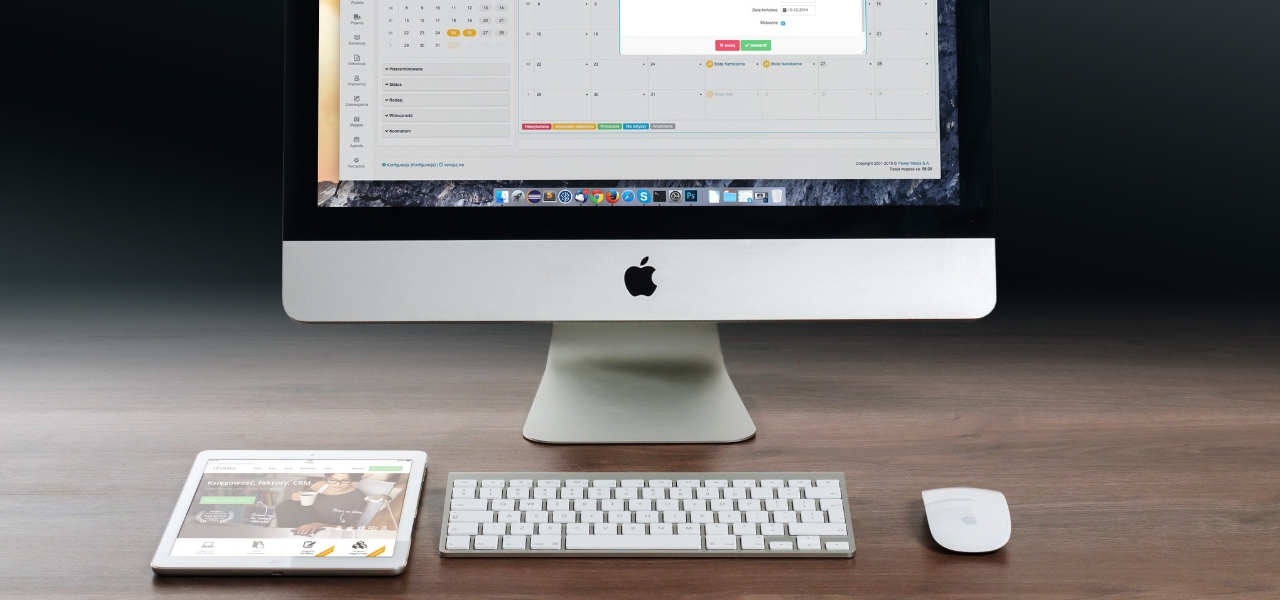Over the years, Apple has steadily transformed the iPad from a basic tablet into a high-powered productivity tool. What started as a sleek screen for casual browsing and media now stands shoulder-to-shoulder with many laptops—even Apple’s own MacBooks. The shift became particularly clear with the arrival of the M4 chip in the iPad Pro, a processor that hadn’t yet made its debut in any MacBook at the time of release.
Then came the iPad Air with the M2, and soon after, the M3 chip. By mid-2025, Apple had made it clear: the iPad isn’t just a supplement to your laptop—in many ways, it is one.
Apple’s WWDC 2025 Confirmed the Shift
If there was any doubt left about Apple’s direction, this year’s Worldwide Developers Conference cleared it up. One major update to iPadOS stole the show: a new “Windows” feature, allowing users to resize and move app windows freely on the screen—a staple of traditional laptops now arriving on the iPad. It’s a small change in name, but a big leap in how the iPad can be used for multitasking and productivity.
M-Series Chips Put iPads in Laptop Territory
Apple’s M-series chips are known for their speed and efficiency, making them a favorite among professionals. The M4 chip’s debut inside the iPad Pro, before even reaching the MacBook lineup, showed Apple’s confidence in the tablet’s potential. Benchmarks place the iPad Pro with the M4 ahead of many laptops currently available.
Now, half of all iPad models run on Apple’s powerful M-series processors—the same ones found in MacBooks. The rest use A-series chips, typically seen in iPhones. That line may blur even further, as rumors suggest an upcoming MacBook might feature an A-series chip for the first time.
Screen Size Is No Longer a Limiting Factor
There was a time when iPads were too small to be considered serious work devices. That’s no longer the case. The standard iPad, Air, and Pro models now offer 11-inch screens—close to the 13-inch MacBook—and some even match the MacBook size at 13 inches. The iPad mini remains a category of its own, more suited for reading or casual use. But in terms of screen real estate, the larger iPads offer a nearly identical experience to laptops.
Accessories That Turn iPads Into Workstations
An iPad on its own may still feel like a tablet. But pair it with a Magic Keyboard and the experience changes drastically. The keyboard attachment adds not just keys, but also a built-in trackpad, creating a setup that mirrors a laptop almost perfectly. It’s a design that rivals 2-in-1 laptops like the Microsoft Surface.
Throw in the Apple Pencil, and the iPad becomes even more attractive for creative professionals. Many designers and digital artists now favor iPads over laptops, particularly for tasks that involve drawing or stylus input. The flexibility of switching between keyboard work and direct screen interaction is a big draw.
Software Features Now Mirror macOS
Hardware isn’t the only place iPads are catching up. With iPadOS updates, Apple has built an interface that offers features once exclusive to laptops. File management now resembles macOS’s Finder, making it easier to organize projects or documents. The addition of windowed multitasking completes the experience, allowing users to run and switch between apps like they would on a traditional computer.
Price: Where iPads Pull Ahead
Where the iPad truly stands out is affordability. A base iPad starts at $349, while the lowest-priced MacBook begins at $999. Even when upgrading to an iPad Air with an M3 chip and adding the Magic Keyboard, the total is still under $900—less than a MacBook Air with the same chip.
That said, as you climb the iPad lineup toward the Pro models, prices start to rival laptops. But even at the top tier, an iPad Pro with M4 remains about $300 cheaper than the similarly equipped 14-inch MacBook Pro.
Also read: iPadOS 26 Could Finally Make Your iPad a True Laptop Alternative
So, Should You Ditch the Laptop?
Not necessarily. MacBooks still offer more ports, native desktop apps, and a full macOS experience. But for users who need a powerful, portable device at a lower cost—especially creatives or student —the iPad is now a serious option.
Apple may not have explicitly said it, but the message is clear through its product design: the iPad has grown up. It’s no longer a secondary screen. In many ways, it’s become the affordable laptop replacement you didn’t know you were already using.
Tags:
Smart DevicesTechnology TrendsAuthor - Jijo George
Jijo is an enthusiastic fresh voice in the blogging world, passionate about exploring and sharing insights on a variety of topics ranging from business to tech. He brings a unique perspective that blends academic knowledge with a curious and open-minded approach to life.
